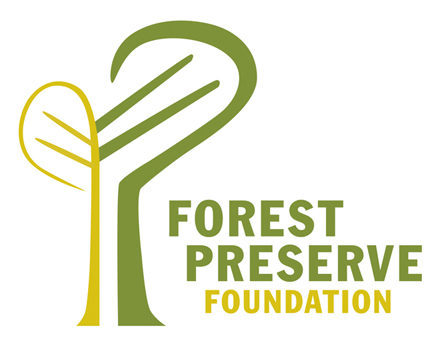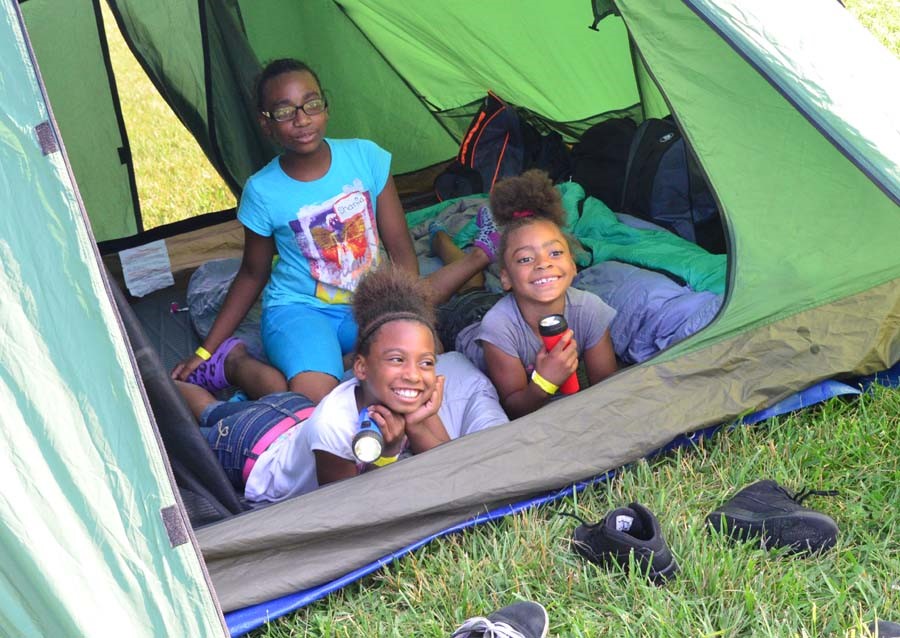In the United States, we are privileged with a bounty of protected land. The profound natural beauty of this country, from the National Parks to the Forest Preserves of Cook County, is a cornerstone of our national identity. Unfortunately, an abundance of public land alone does not guarantee widespread access to nature.
For non-white people, systemic barriers often prevent fulfilling outdoor experiences. This racial inequity perpetuates white, upper-class dominance of outdoor recreation, stewardship and green jobs. The structures of racial inequality in the U.S. are deep-seated, ubiquitous, and largely unacknowledged, and the “nature gap” between white people and people of color is the result of a complex intersection of many socioeconomic and cultural inequities.
Transportation
The United States’ car-centric infrastructure makes access to nature difficult for those without cars, such as low-income people and those living in dense urban areas. Speaking at a webinar held by the Society of Outdoor Recreation Professionals (SORP) in May, Parker McMullen Bushman, an environmental activist and founder of the environmental equity forum Ecoinclusive, laments poor pedestrian access to city parks in Denver saying: “We like to say in Denver that ’90 percent of residents live within a 10-minute walk of the park;’ but only 40 percent of Denver streets have usable sidewalks.”
Lack of public transit further demobilizes people of color. In the U.S., 7 percent of white people use public transit as their daily means of transportation; less than half the rate of Hispanics (15 percent), and less than one third the rate of African Americans (23 percent). In Cook County, 80 percent of residents live within five miles of a forest preserve but good public transit access is only available to 7 percent of residents.
Cultural Inclusion
In the U.S., many different people share a love of nature, regardless of cultural background. However, prevailing cultural norms of outdoor recreation leave little room for the variety of ways people of color enjoy nature. “For Latino families, at least in my family, I can say we go out in big groups,” says Las Cruces NM city councilor Gabe Vasquez, speaking at the SORP webinar. “The whole family piles up, often times, you know, we like to just sit at a picnic table and have a carne asada, maybe play a little bit of music, and so as long as we have nature around us – the trees, maybe a stream – people are happy being out in nature, versus that 12- or 13-mile, backcountry [hiking] experience that others like to have.”
Recognizing the value of diverse experiences can be difficult for those who prefer hiking or camping. Land management agencies, sporting goods stores and state travel commissions often market preferences of white recreationists as the “correct way” to enjoy nature. Ironically, this invalidation further prevents black and brown people from exploring different nature experiences. Writing off people of color as disinterested in or disrespectful of nature makes them feel unwelcome in open spaces.
Safety
This is perhaps the most troubling cause of the nature gap. People of color living in disinvested neighborhoods can be put off from visiting the local park or preserve due to perceived criminal activity. For many people of color, especially African Americans, however, even open spaces without crime can be unsafe. For them, rural areas have been the backdrop for centuries of racial violence. A legacy of abuse of enslaved people, extrajudicial lynching, and white homogeny in rural America informs a culture of outdoor recreation among black Americans and other people of color that instictively favors outdoor recreation in urban, developed spaces rather than wild land.
Sadly, these feelings of fear and alienation are often founded. Recently, Christian Cooper, a black man, avid birder, and board member of the New York City Audubon Society, had the police called on him by a white woman while birding in Central Park. The woman, reacting to Cooper’s request that she leash her dog (in accordance with park rules) said she would tell police “an African American man is threatening my life” before calling 9-1-1. This was an especially callous exploitation of white privilege. As we have seen too many times, confrontations with the police can be life-threatening for black men.
Bridging the Nature Gap
With many of our usual gathering spots, recreational activities and exercise routines inaccessible because of COVID-19, we need our public land now more than ever. Nature grounds us, nurtures us, strengthens us, in ways the man-made world cannot replicate. Fresh air and outdoor recreation improve our physical and mental health, combating diabetes, hypertension, anxiety and depression.
Today, when tragic racial violence forces us to acknowledge that some Americans cannot go jogging, go birding, go to sleep on their couch in safety, we must affirm that every person has the right to feel safe and welcome in nature.
There are many ways to improve equity in the outdoors. We can dismantle transportation barriers for underserved people by investing in public transit, walkable neighborhoods, and improved trails and trailheads. We can challenge cultural norms and build collective environmental responsibility by encouraging all types of outdoor recreation, increasing multilingual signage in green spaces, and introducing programs which engage youth from a diversity of backgrounds with the outdoors, like those the Foundation supports in partnership with SCA and the Housing Authority of Cook County. We can demolish the structures of racial violence that prop up white dominance in outdoor recreation, stewardship, and green jobs by hiring diverse land managers with unique life experiences, training police to show restraint and acknowledge systemic racism, and holding them accountable if they fail to do so.
Christian Cooper was right when he told the New York Times “the birds don’t care what color you are.” They don’t, and neither do the trees, wildflowers, rolling hills or wetlands. Americans should not only be proud of their incredible protected lands, but proud to share them with all communities. After all, if public land is only safe, welcoming, and accessible to a select few, it is not truly public.


Well written and timely piece Sam! I especially like the practical action steps at the end. Good job!
Thank you Morna,
One of the principle values of the Foundation is taking action to improve diversity and equity in the wild; while acknowledging these issues is an important first step, our communities must work together now to protect and expand access to nature for all Americans. Thanks for reading and expressing your support, please check out the other great stories on our blog and follow us on social media for similar content. Sharing this story with your friends would be much appreciated as well :). Best – Sam
This article gives a fantastic look into the state of our country and our public lands. Definitely a must read!
Thanks a lot Julian, you can give some other great stories a read here on our website and check us out on social media: IG/@forestpreservefoundation TW/@ForestPresFund FB/Forest Preserve Foundation. – Sam
Excellent, thought-provoking article.
Thank you for reading this Erin, We’re happy to hear you enjoyed it. Please check out some of the other great stories by Foundation staff as well as guest bloggers, featured here on the website, and feel free to share with friends on social media! Best – Sam
Such a thoughtful and thought-provoking article, Sam. Timely given all of the recent news. I especially appreciate your noting the diverse ways that people can enjoy nature beyond the dominant paradigm we often associate with backpacking, hiking, camping, etc, and how important it is to cultivate access for a broad range of nature connection. Great work!
Thank you Donna,
Please check out our other blog posts for some more interesting reads on the intersection of nature and equity.
Best, Sam